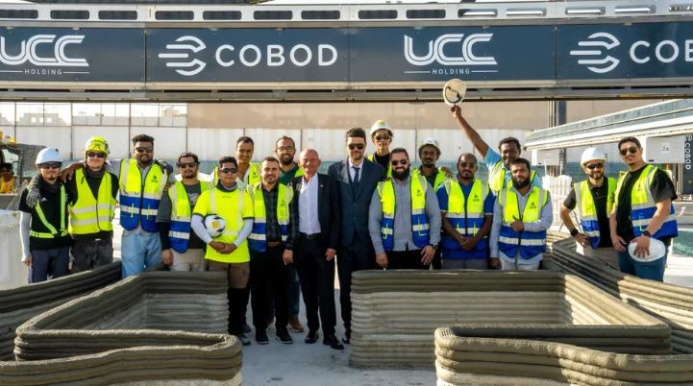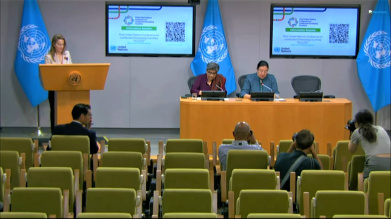Qatar achieves breakthrough in 3D construction with world's largest school complex
11.07.2025 | 15:30 |An unprecedented project has commenced in the desert near Doha: the construction of two schools, with a combined area of 40,000 square meters, which will be entirely erected using 3D printing technology. This complex of buildings is set to become the world's largest structure created by additive manufacturing, surpassing the previous global record by 40 times. To realize this ambitious undertaking, Qatari company UCC Holding, in collaboration with the Public Works Authority (Ashghal), has deployed two colossal BODXL 3D printers from Danish manufacturer COBOD. Each printer, comparable in size to a Boeing 737 (50x30x15 meters), is capable of printing up to 100 square meters of walls per hour. As stated by the project's technical director, this represents not merely an increase in scale but a qualitative leap in construction technologies.
A specialized concrete, resistant to temperatures up to +50°C, was developed for the 3D printing process. Printing is primarily conducted at night to ensure optimal material setting, while the precision of each layer's application is guaranteed by an automated control system utilizing drones and sensors. Compared to traditional methods, this innovative technology enables a 35% reduction in CO₂ emissions, a 60% decrease in construction time, a 75% reduction in waste, and a 50% lower demand for labor. A representative from COBOD emphasized that they "are not just printing walls – they are creating ready-made architectural elements with integrated utilities." The architectural design of the buildings incorporates fluid, "dune-like" forms, which would be exceedingly complex to implement using conventional construction methods. Wall thickness varies from 30 to 50 centimeters depending on structural load.
According to experts, this project solidifies Qatar's position as a leader in construction innovation and fully aligns with the objectives of the National Vision 2030 program for transitioning to "smart" technologies. A professor of architecture at Qatar University predicts that within five years, up to 15% of new structures in the region will be constructed using this method. The first school is anticipated to be completed by November 2025, with the entire 14-building complex scheduled for completion by 2026.
ORIENT










